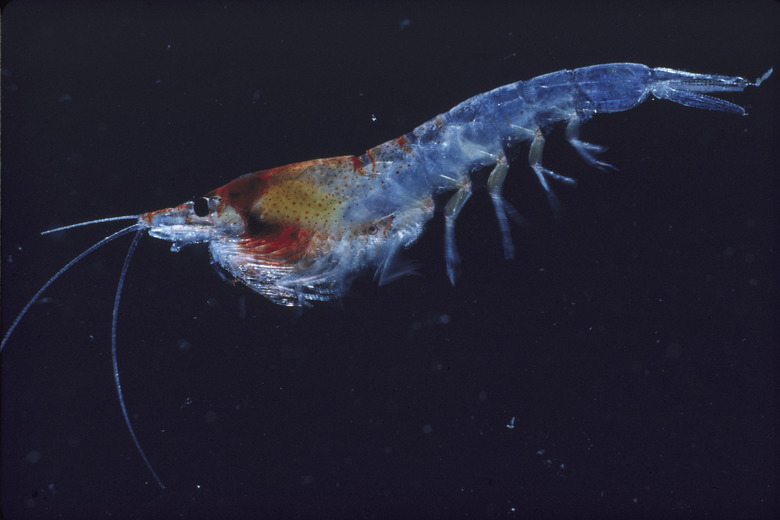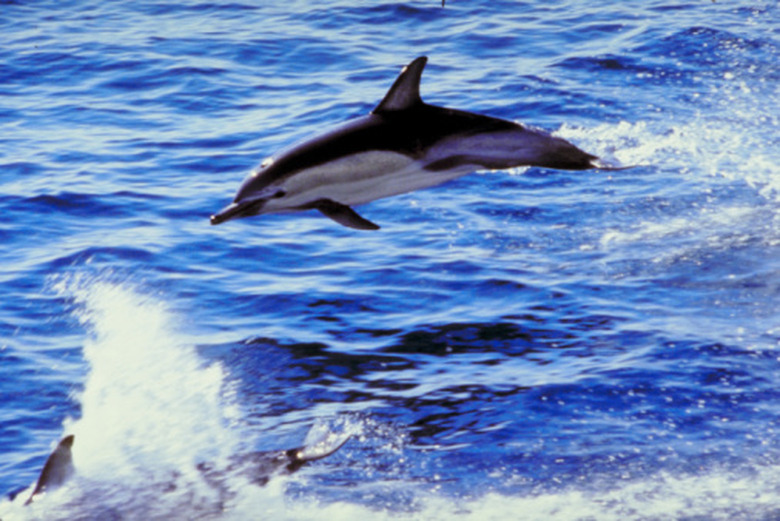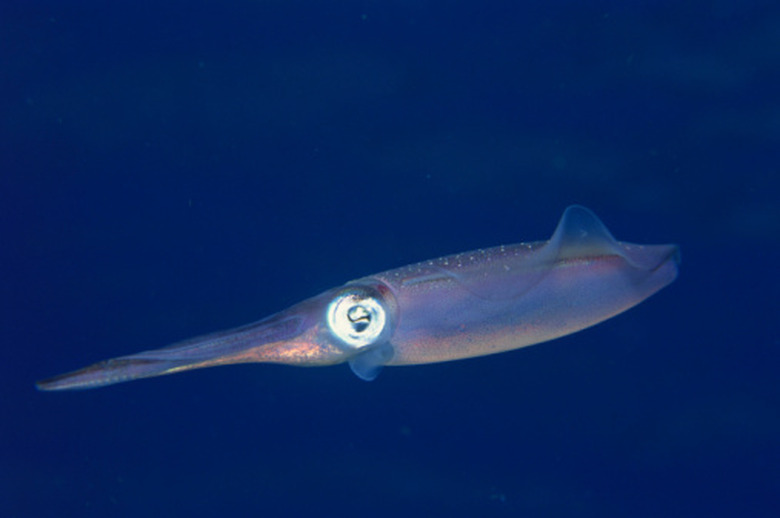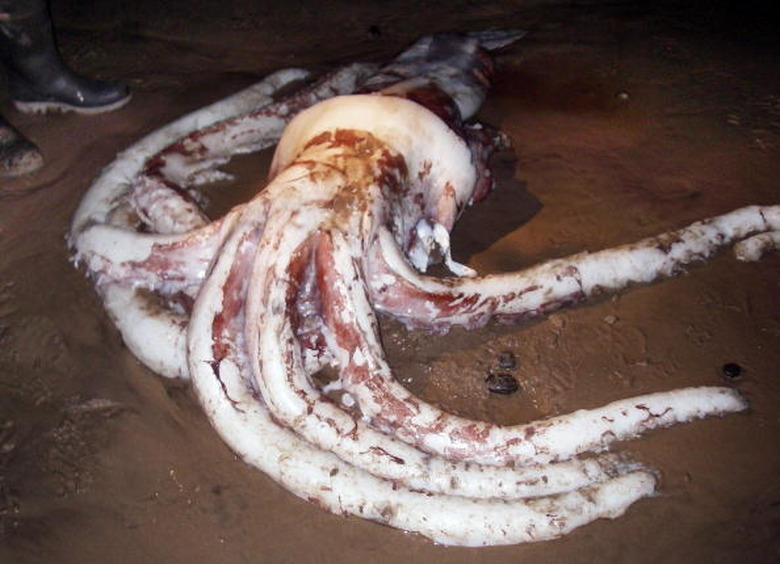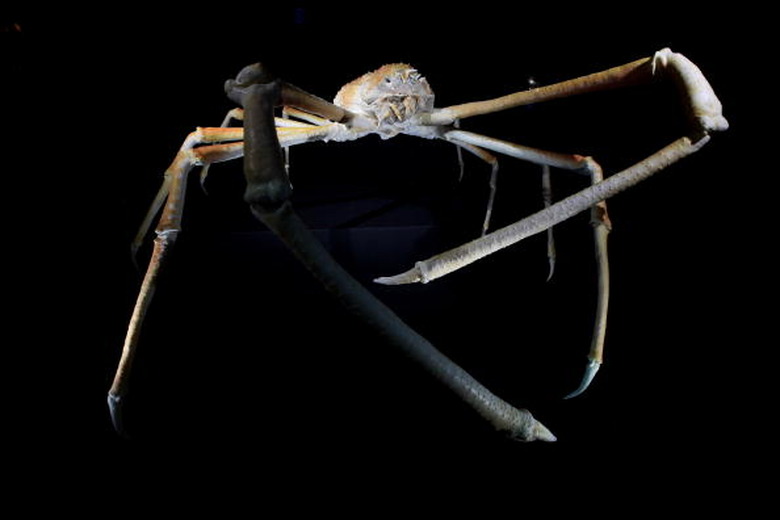Oceanic Zone Plants & Animals
The oceans are among the largest sources of life on Earth and is undoubtedly the largest ecosystem. Scientists traditionally divide the open ocean, or pelagic environment into five zones, each based on how much light penetrates them. The deeper the zone, the less light can reach it. Each zone is host to unique plant an animal life that have adapted for survival in such conditions.
Epipelagic Zone
Epipelagic Zone
The epipelagic zone reaches from the surface of the ocean down to around 650 feet. This is the zone most exposed to light, and as such is host to the highest concentrations of the ocean's life. There are thousands of animals that roam this zone, including dolphins, most sharks, jellyfish, tuna and corals. Seaweed is a common plant in the epipelagic zone, along with various algae and phytoplankton.
Mesopelagic Zone
Mesopelagic Zone
The second zone, the mesopelagic, reaches from 651 feet to around 3,300 feet. Here, less light can penetrate this depth, leading to darker waters. There is not enough light for photosynthesis, so plants will not be found at this zone with the exception of some possible phytoplankton, most of which has probably sunk from the higher epipelagic zone. Oceanic zone animals living here include squid, cuttlefish, wolf fish and swordfish. However, many of these fish rise to the epipelagic zone at night to feed.
Bathypelagic Zone
Bathypelagic Zone
The bathypelagic zone, also known as the midnight zone, extends from 3,301 feet down to 13,000 feet and is so dark that no light penetrates it whatsoever, rendering it pitch black and lit only on occasion by bioluminescent organisms. There is no living plant life, not even phytoplankton. Inhabitants of this cold, dark environment include the elusive giant squid, various octopi, bioluminescent jellyfish, anglerfish and hatchetfish. Sperm whales will occasionally enter this zone to hunt for giant squid, but they eventually return to the mesopelagic and epipelagic zones.
Abyssopelagic Zone and Hadal Zone
Abyssopelagic Zone and Hadal Zone
The abyssopelagic reaches from 13,001 feet to the ocean floor. The Hadal zone encompasses the water found in deep trenches, but many scientists combine the two. It is the darkest region of the ocean, with absolutely no light and no plants. Organisms here have special adaptations, like translucence or lack of eyes, with much life congregating around warm hydrothermal vents. There are some smaller squid in this zone, as well as tube worms, various echinoderms like sea urchins, sea cucumbers, and small crustaceans like sea spiders.
Cite This Article
MLA
Shields, Brenton. "Oceanic Zone Plants & Animals" sciencing.com, https://www.sciencing.com/oceanic-zone-plants-animals-8174254/. 22 November 2019.
APA
Shields, Brenton. (2019, November 22). Oceanic Zone Plants & Animals. sciencing.com. Retrieved from https://www.sciencing.com/oceanic-zone-plants-animals-8174254/
Chicago
Shields, Brenton. Oceanic Zone Plants & Animals last modified March 24, 2022. https://www.sciencing.com/oceanic-zone-plants-animals-8174254/
